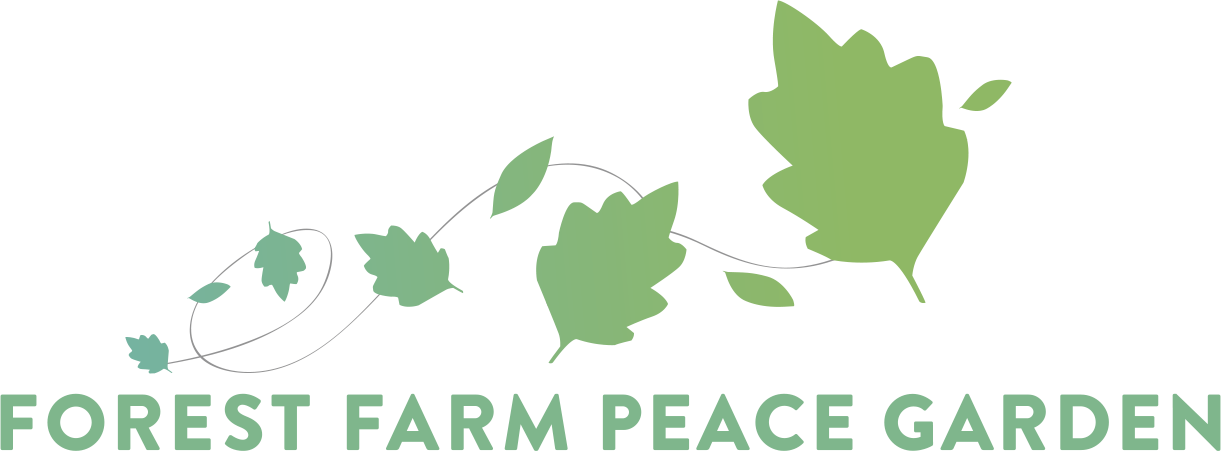Common Name Elder
Genus & Species Sambucus nigra (L.)
Family Adoxaceae
Other Names Elderberry, Elderflower, Common Elder, European Elder, Black Elder
Range and Habitat A native species, found in woodland and hedgerows throughout the UK and Europe with a subspecies present in eastern North America.
General ID Growing as a small deciduous tree up to 20 feet in height, the centre of the twigs is generally hollow, filling with a corky pith as they become older. Leaves are pinnate in opposite pairs of 5-7 leaflets. Fragrant umbels of creamy flowers appear from late May and throughout June and are of approximately uniform size. This distinguishes it from the superficially similar flowers of the Guelder Rose (Viburnum opulus) which does not have the same uses. Flowers are followed in the autumn by small glossy berries which are black when ripe.
For food… The flowers are made into a range of beverages and are a commercially popular cordial. This can then also be then made into jellies and sorbets, and are the perfect accompaniment to gooseberries. The flowers can also be dipped into batter and made into delicious fritters. Fruits are edible only when fully ripe but can then be added to jams, jellies chutneys, syrups and other desserts. Their sweet-tart flavour also accompanies game well, and in Germany a soup is made from them.
For healing… The whole plant is used medicinally, with the flowers being used to relive hayfever, and both fruits and flowers have been used in traditional herbalism for respiratory and gastro-intestinal disorders, viral infections and influenza.
In culture… Berries have been used as a dye and leaves as an insecticide. The name Elder is believed to come from the Anglo-saxon word ‘æld’ meaning ‘fire’, referring to its use to make bellows tubes. It also has a long association with witchcraft, reflected in modern times by the Elder Wand in Harry Potter. It is said that if you burn elder you will see the devil, but planting it by your house will protect you from the devil or malicious witches. It was also regarded as the tree upon which Judas hung himself in some mediaeval Christian traditions.
For wildlife… Leaves are a food source for a variety of insects including the White Spotted Pug Moth (Eupithecia tripunctaria), Buff Ermine Moth (Spilarctia luteum – sometimes placed in Spilosoma) and others. Small mammals such as Hazel dormouse (Muscardinus avellanarius) and many birds such as the Blackbird (Turdus merula) eat the berries. It is also host to some distinctive fungi, including an edible Jelly Ear fungi (Auricularia auricular-judae).
At FFPG… We have elder trees in our forest garden area and along our hedgerow
Disclaimer
This is intended for information only. FFPG, its staff, trustees and volunteers do not make any claim as to the safety or efficacy of plants listed for medicinal purposes and do not encourage the consumption or use of any of the plants listed herein. Anybody wishing to use plants for medicinal effect is advised to consult their medical professional.



